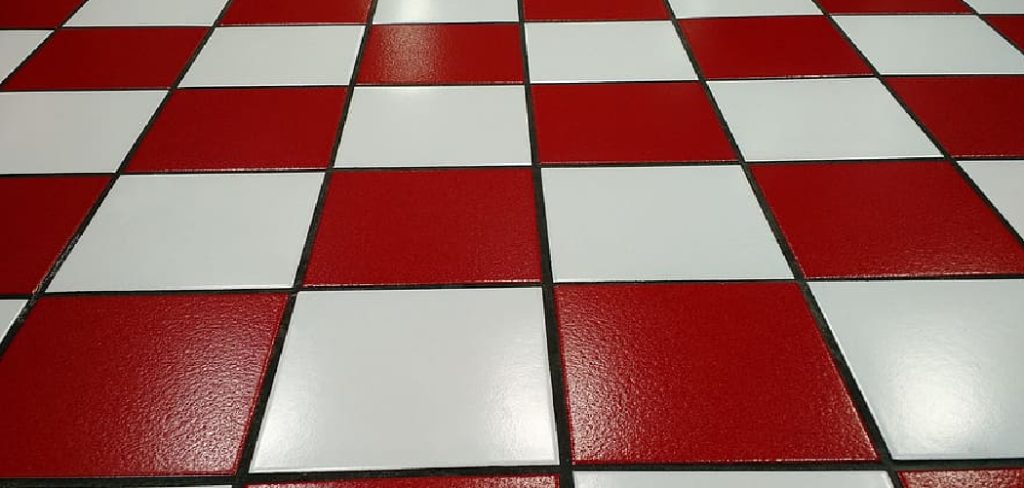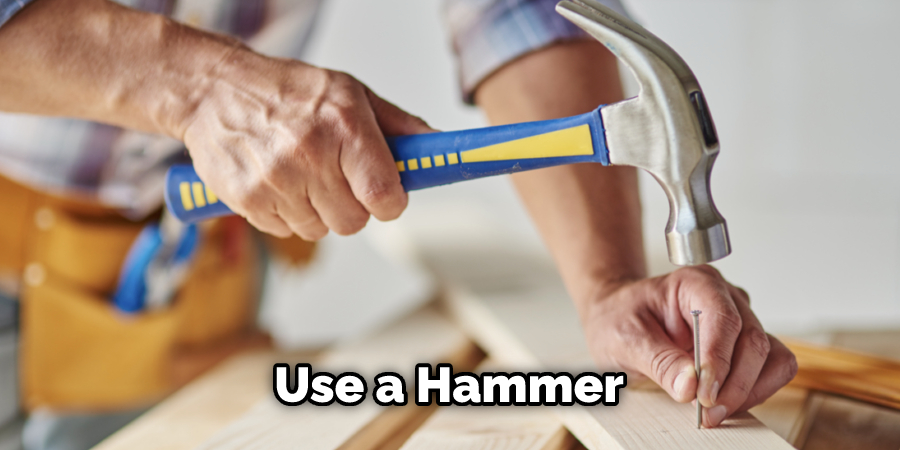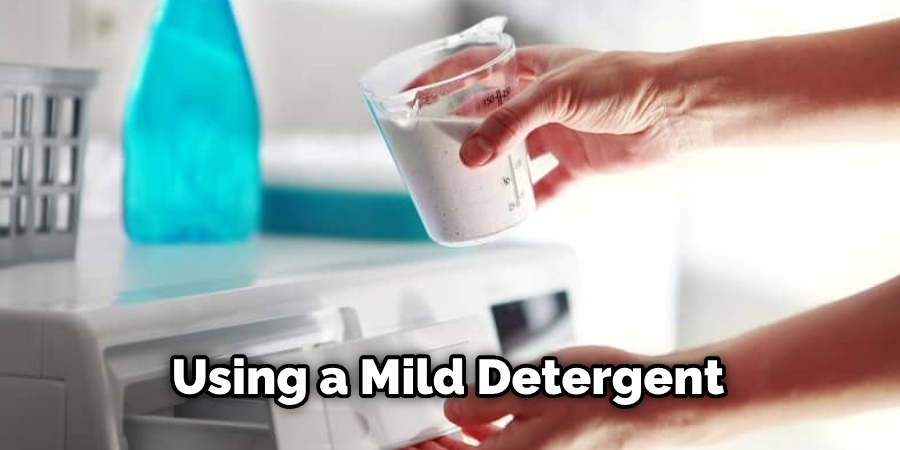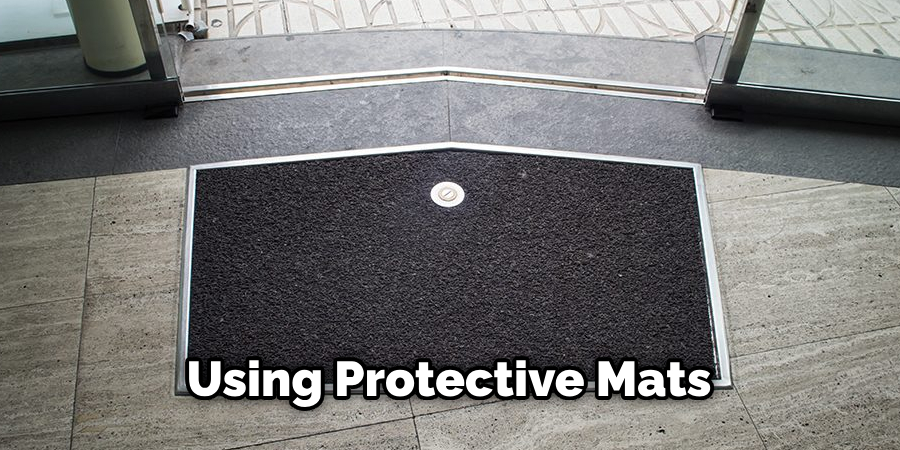Is your tile floor damaged and in need of repair? Have you noticed that your tile floor is starting to buckle and warp? It’s a common issue, especially in areas with high humidity, but the good news is that fixing buckled tile flooring isn’t as hard as you might think. If you’ve noticed some of the tiles have buckled, it may be time for a simple fix. Don’t worry — this process doesn’t require any special tools or experience.

In fact, fixing buckled tile is something homeowners can do themselves with just a few basic tools and supplies. With our step-by-step instructions on how to fix buckled tile floor, you’ll get your floor back to its original condition in no time! With detailed steps and helpful tips from professionals who know best, after reading this blog post tackling your buckling tile floor will no longer be an intimidating task! Read on for more details about how to solve the problem of buckled tile floors.
What is Buckled Tile Floor?
Buckled tile floor occurs when the tiles on a floor become loose due to an uneven subfloor or excessive moisture. This can cause the tiles to raise up and buckle, which is both unsightly and potentially dangerous for anyone who may walk over them. Fortunately, there are a few ways to fix buckled tile floors.
Required Items
In order to fix a buckled tile floor, there are several tools and materials that will be needed. These include:
- A hammer
- Chisel or pry bar
- Level, adhesive (tile mastic or thinset mortar)
- Grout
- Replacement tiles
10 Ways How to Fix Buckled Tile Floor
1. Remove Tiles
Remove the buckled tile and any surrounding tiles that may have been affected by it buckling. This can be done using a hammer and chisel or pry bar. While removing the tiles, be sure to gently pry them up so as not to damage any of the surrounding tiles.

2. Level Subfloor
Once all of the affected tiles have been removed, it is important to level out the subfloor. This can be done using a level or by filling in any dips and bumps with thinset mortar or tile mastic. Also, be sure to clean the surface of any debris or dust.
3. Install New Tiles
Once the subfloor is level, it is time to install new tiles. Be sure to use adhesive (tile mastic or thinset mortar) and place them using a consistent pattern. If any tile needs cutting, use a tile saw for the job.
4. Grout Between Tiles
Once all of the tiles have been placed, it is important to grout between them. This will help keep them in place and provide some stability while walking over them. Be sure to use a sponge to wipe away any excess grout that has been applied.

5. Allow Time to Set
Allow the tiles and grout to set for at least 24 hours before walking on them. This will give the adhesive time to dry and fully bond with the tiles.
6. Seal Tiles
Once the tiles have had enough time to set, it is important to seal them. This will help protect them from dirt, water, and other damage.
7. Clean Tiles
After the tiles have been sealed, it is important to clean them regularly. This will help keep the tiles looking nice and prolong their life. Tiles can be cleaned using a mild detergent and warm water.

8. Inspect Tiles
It is also important to inspect the tiles periodically to ensure that they are still properly secured to the subfloor. If any of the tiles appear to be loose, it may be necessary to re-apply adhesive or grout in those areas.
9. Investigate the Cause
Finally, it is important to investigate the cause of the buckled tile floor. This may be due to excessive moisture or an uneven subfloor. In either case, it is important to fix the underlying issue in order to prevent further damage.
10. Call for Professional Help
If these steps still do not fix your buckled tile floor, it may be best to call a professional for help. A professional contractor will have the knowledge and tools necessary to fix your buckled tile floor in no time.
By following these steps, you can quickly and easily learn how to fix buckled tile floors. Taking the time to properly fix your floor can save you money and ensure that your floor is safe to walk on. With the right tools and materials, you will be able to fix your buckled tile floor in no time.
8 Tips to Prevent Damage in Buckled Tile Floor
1. Cleaning
Regular cleaning helps prevent dirt and debris from accumulating in the grout between tiles, which can cause buckling over time. Use mild detergent with warm water to clean your tile floor, and take extra care when mopping in areas where the tile has buckled.
2. Avoid Moisture
Moisture buildup is one of the most common causes of tile buckling, so it’s important to make sure your bathroom and other high-humidity areas are properly ventilated to prevent moisture accumulation. Look for signs of mold or mildew growth and fix any leaks as soon as possible.
3. Repair Any Damage
Any cracks or other damage in the tile floor can cause buckling over time, so it’s important to repair them as soon as possible. Fill in any damaged areas with suitable material and replace broken tiles if necessary.
4. Use Protective Mats
Heavy furniture can cause excessive pressure on the tile floor, leading to buckling. Place protective mats underneath furniture and appliances to prevent pressure damage.
5. Monitor Temperature
Extreme temperatures can cause buckling in a tiled floor. Make sure your home is not exposed to too much direct sunlight or other sources of high heat/cold to avoid the warping and buckling of tiles.
6. Reinforce Subfloor
If your tile floor is over an old subfloor that has weakened, it could be causing the buckling of tiles. Use screws to reinforce the underlying surface and ensure a secure foundation for the tiled flooring.
7. Add Grout and Spacer Bars
Lack of proper grout can cause tiles to buckle or shift, which in turn can lead to buckling. Make sure that any new tiling is done with the appropriate amount of grout and spacer bars are used between tiles.
8. Check Seasonal Shifts
In some cases, seasonal shifts in temperatures and humidity levels may cause buckling in a tile floor. Monitor your tile floor for any changes and take steps to correct them as needed. Checking the grout and using protective mats will help reduce the risk.
By following these tips, you can help prevent buckling in your tile flooring and ensure it lasts longer. With proper care and maintenance, you can enjoy a beautiful and durable tiled floor for many years to come.

Frequently Asked Questions
How Often Do You Need to Fix Buckled Tile Floor?
Buckled tile flooring can occur after a few months of use, depending on the amount of stress put on the tiles. If your buckled tile floor is not caused by major structural damage, it’s recommended to fix it once every few months or as soon as you notice the issue. Doing so helps prevent further damage and maintain your floor’s appearance.
What Causes Buckled Tile Flooring?
Buckled tile floors are typically caused by moisture that has seeped up through the subfloor beneath the tiles, causing them to swell and buckle. Other potential causes may include inadequate support for the decking beneath the tiles, the poor quality adhesive used while laying the tile, and even too much weight on the tiles.
Do You Need Professional Help To Fix Buckled Tile Floor?
It depends on the extent of your buckled tile floor problem. Minor cases can usually be fixed with a few DIY techniques, but more serious issues may require help from a professional. A professional can assess the extent of the damage and recommend the best course of action to fix it.
Does Fixing Buckled Tile Floor Involve Any Expense?
Yes, repairing buckled tile floors can be costly, depending on what needs to be done. You may need to buy additional materials such as adhesive, grout, and thinset mortar to fix the issue. You may also need to hire a professional to repair more serious cases of buckled tile flooring.
Conclusion
Fixing buckled tile floors can be a daunting task, but it doesn’t have to be! With the right technique and some patience, your floor will look better than ever. So remember: Identify the cause of the buckling, remove the affected tiles, fix any underlying moisture problem, and apply new mortar before laying down new tiles.
After you’ve followed these steps on how to fix buckled tile floor, your tile floor will not only be fixed but will be structurally stronger than ever before! When all is said and done, you’ll end up with a stunningly beautiful tile floor that can last for years to come.
If you feel like tackling this project solo isn’t right for you, or if you have any questions along the way, don’t hesitate to speak with a professional and seek advice. And always make sure that safety is your number one priority; work gloves should definitely be worn when taking on such projects.
So don’t put off till tomorrow what you can do today – take some time out of your busy schedule to repair those buckled floors and give yourself peace of mind knowing your tiles are safely in place!
